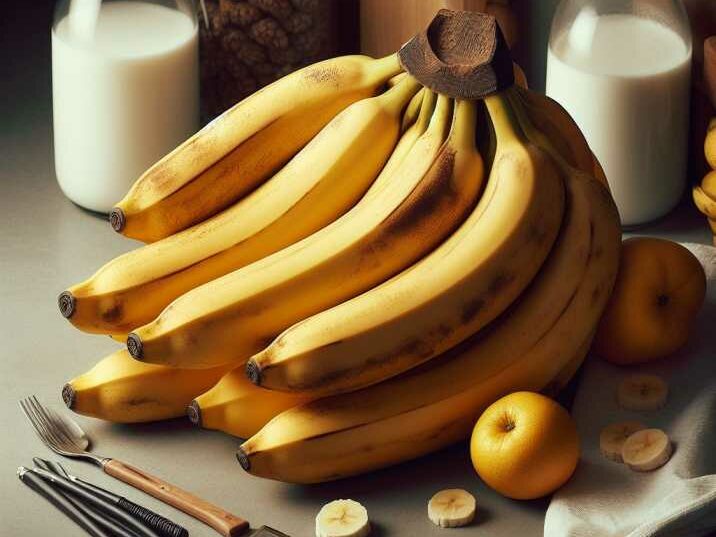Introduction
Table of Contents
Cavendish bananas are a staple fruit enjoyed by many across the United States. Their creamy texture and sweet taste make them a favorite snack, but ensuring they stay fresh for as long as possible can be a challenge. In this article, we will explore various methods to effectively store and preserve fresh Cavendish bananas, helping you extend their shelf life and enjoy them at their best.

Method for Effectively Store and Preserve Fresh Cavendish Bananas
Understanding Cavendish Bananas
- Cavendish bananas are the most common variety consumed globally.
Optimal Storage Conditions
- Proper storage is crucial for extending the shelf life of Cavendish bananas.
Ripening Process
- Understanding the ripening process helps in preserving bananas at the desired stage.
Avoiding Bruising and Damage
- Handling bananas with care prevents bruising and extends their freshness.
Separating Bananas for Ripening
- Separating bananas can slow down the ripening process and prevent premature spoiling.
Using Banana Hangers
- Banana hangers are effective in keeping bananas fresh by preventing them from touching surfaces..
Refrigeration vs. Room Temperature
- Choosing between refrigeration and room temperature storage depends on ripeness and desired shelf life.

Banana Preservation Techniques
- Various methods such as freezing and dehydrating can be used to preserve bananas for longer periods.
Making Banana-Based Recipes
- Transforming ripe bananas into recipes like smoothies, bread, and desserts is a delicious way to use them up.
Checking for Spoilage
- Regularly inspecting bananas for signs of spoilage helps in avoiding waste.
Conclusion
In conclusion, effectively storing and preserving fresh Cavendish bananas is essential for maximizing their shelf life and enjoying them at their best. By understanding the optimal storage conditions, ripening process, and preservation techniques, you can ensure that your bananas stay ripe and delicious for longer periods. Whether you prefer eating them fresh or incorporating them into recipes, these tips will help you make the most of this popular fruit. Start implementing these methods today to enjoy delicious Cavendish bananas for days to come!
Frequently asked questions
1. How long do Cavendish bananas typically last?
- Cavendish bananas typically last for about 3-5 days when stored at room temperature. However, factors such as ripeness at the time of purchase and storage conditions can affect their shelf life. Proper storage techniques can help extend their freshness for up to a week or more.
2. Can I freeze ripe bananas for later use?
- Yes, you can freeze ripe bananas for later use. Simply peel the bananas, slice them into chunks or mash them, and store them in an airtight container or freezer bag. Frozen bananas can be used in smoothies, baked goods, or as a creamy base for ice cream.
3. What are the best recipes for using up ripe bananas?
- Ripe bananas are incredibly versatile and can be used in various delicious recipes. Some popular options include banana bread, banana muffins, banana pancakes, banana smoothies, and banana ice cream. These recipes allow you to enjoy the sweet flavor and creamy texture of ripe bananas in different ways.
4. How can I prevent bananas from ripening too quickly?
- To prevent bananas from ripening too quickly, store them in a cool, well-ventilated area away from direct sunlight. Additionally, you can separate bananas from each other and avoid placing them near other fruits that release ethylene gas, which can accelerate ripening. Keeping bananas in the refrigerator can also slow down the ripening process.
5. Are there any alternative methods for preserving bananas besides freezing?
- Besides freezing, there are other methods for preserving bananas. You can dehydrate bananas to make banana chips, which have a longer shelf life compared to fresh bananas. Additionally, you can puree ripe bananas and use them as a natural sweetener in baked goods or to make banana jam. These alternative methods allow you to enjoy the flavor of bananas in different forms while prolonging their shelf life.
